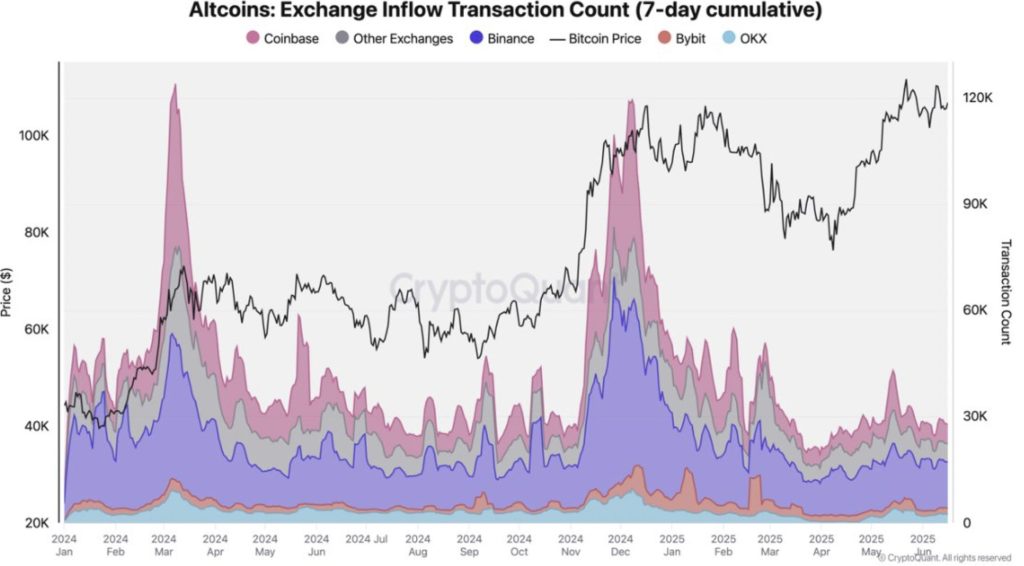The Internal Revenue Service issued a warning Thursday cautioning taxpayers against claiming exaggerated deductions for purported donations of artwork, as it sees a rise in groups promoting such schemes, especially for wealthy taxpayers looking to reduce their tax bills.
The IRS acknowledged there are some legitimate ways for taxpayers to properly claim donations of artwork, but warned that some unscrupulous promoters are soliciting high-income taxpayers making promises that are simply too good to be true. They’re encouraging wealthy people to buy the art, wait some period of time to donate it and then claim a bogus deduction for the art donated. T
The tax service said it has active promoter investigations and taxpayer audits underway in this area. The effort is part of a broader crackdown announced by the IRS last month against tax avoidance by high-income taxpayers and large partnerships and corporations, in an effort to shift tax compliance and audit efforts away from lower-income taxpayers (see story).
“Creativity in art is a beautiful thing, but aggressive creativity in art donation deductions can paint a bad picture for people pulled into these schemes,” said IRS Commissioner Danny Werfel in a statement Thursday. “This is another example where people should be careful when it comes to aggressive marketing and promotions. There are legitimate ways to claim an art donation, but taxpayers should be careful to understand the rules and watch out for inflated values or questionable appraisals. Beauty is not always in the eye of the beholder when it comes to tax deductions of art.”
According to the IRS, promoters entice taxpayers to purchase different kinds of artwork, claiming it’s at a “discounted” price. This price can include other services from the promoter, however, such as storage, shipping and arranging the appraisal and donation. The promoter often promises that the artwork is worth far more than the purchase price.
The scammers advise purchasers to donate the artwork after waiting at least one year and to claim a tax deduction for an inflated fair market value, often far more than they originally paid. They may recommend that taxpayers donate art on an annual basis and enable them to purchase a quantity of art that guarantees a specific deductible amount. The scammers even arrange for some charities to accept the donations in some instances. Some of the donations involve art valued at millions of dollars.
The IRS has been investigating such schemes, and said that over 60 taxpayer audits have been completed so far, with more on the way. The audits have led to over $5 million in additional taxes being imposed.
Among other red flags, the agency warned taxpayers to be wary of purchasing multiple works by the same artist that have little to no market value, besides what the promoter might be claiming. Another red flag is for promoters to line up specific appraisers, but the appraisal often fails to adequately describe the artwork or address characteristics such as rarity, age, quality, condition, stature of the artist, price paid and the quantity purchased.
The IRS reminded taxpayers to remember they’re always responsible for the accuracy of the information reported on their tax returns, and participating in an illegal tax avoidance scheme can lead to repayments of taxes owed, along with penalties, interest and potentially fines and imprisonment. Charities should also be careful they don’t knowingly participate in such scams.
Credit: Source link











